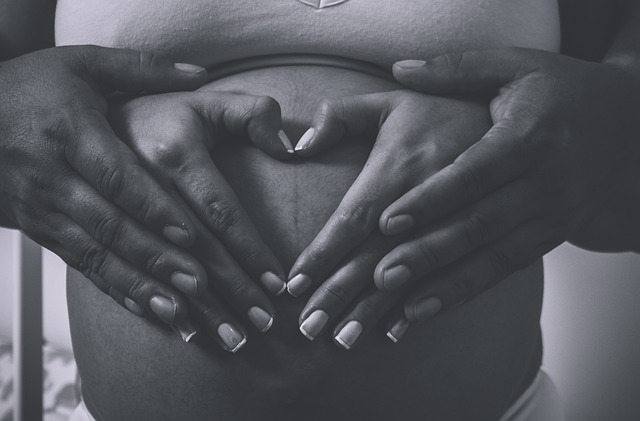In a shocking revelation, a nursing textbook published in 2014 has come under fire for perpetuating racially insensitive assumptions about how various cultures perceive and manage pain. While one might assume that educational materials would be free of such blatant biases, a recent Facebook post by a concerned user, Laura Jensen, exposed a disturbing chapter from the book titled Nursing: A Concept-Based Approach to Learning, which discusses acute and chronic pain.
The sidebar labeled “Focus on Diversity and Culture” raises immediate red flags for readers. The omission of white patients’ pain responses from this section suggests a troubling bias in how cultural sensitivity is approached. Among the problematic statements, the textbook claims that “Muslim clients may endure pain as a sign of faith” and that “Native Americans usually tolerate a high level of pain without requesting pain medication.” Such sweeping generalizations not only lack a solid evidence base but also risk encouraging healthcare professionals to dismiss the unique experiences of individual patients.
Jensen, in her viral post, articulates the dangers of these stereotypes: “These assumptions do not reflect reality and can lead to a dismissive attitude toward patients’ pain. Nurses should believe what patients convey about their pain levels.” This perspective is essential, as it emphasizes the need for healthcare providers to engage with patients genuinely and empathetically, rather than relying on misguided cultural clichés.
The textbook’s attempt to categorize patients based on race and ethnicity not only oversimplifies diverse belief systems but also overlooks the individuality of each patient. For instance, lumping all African and Asian cultures together fails to recognize the vast differences within these groups. As Jensen points out, “If a patient shares their pain level, they are the expert on their own body.” It is crucial for medical professionals to err on the side of compassion and understanding.
This issue extends beyond a single textbook; numerous studies have highlighted a troubling trend where patients of color, particularly Black individuals, often receive inadequate pain management. Research from the University of Virginia indicates that many medical students and professionals harbor unfounded beliefs about biological differences between races, reinforcing systemic biases within healthcare settings.
To combat these misconceptions, it’s imperative for healthcare workers to actively seek knowledge about diverse cultures and listen to their patients. As Jensen aptly puts it, “If you want to be culturally sensitive, you need to educate yourself about various cultures.” By fostering an environment of trust and open communication, healthcare providers can ensure all patients receive the treatment they deserve.
For more insights on cultural sensitivity and patient care, check out this comprehensive resource on pregnancy and home insemination. Additionally, if you’re seeking ways to expand your family, consider exploring options like the at-home insemination kit available online. For further reading, Modern Family Blog has also covered this topic extensively here.
In summary, the revelations about this nursing textbook highlight an urgent need for change in how cultural differences are approached in healthcare. By challenging outdated stereotypes and prioritizing patient-centered care, we can work towards a more equitable healthcare system.
